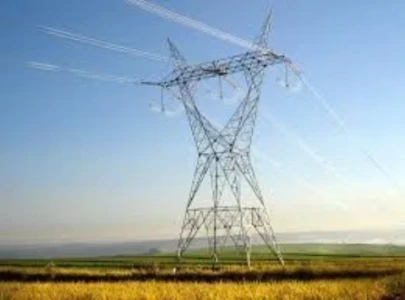Shedding Light on North America's Power System

What is next for the century-old electricity grid?
BY MALCOLM METCALFE, ENBALA Power Networks
Today’s power system is undergoing a paradigm shift that is changing many fundamental design principles that have been in use for nearly 100 years. The existing grid has been carefully planned and designed based on a few simple principles.
#1
Generators are large devices, and there are a relatively small number of them. These devices can be directly managed, controlling the real and reactive power outputs, and are, for the most part, highly reliable.
#2
On the demand side, loads are distributed, mostly uncontrollable and, to a limited extent, their operations are random. A common belief in the utility industry is that generation can be controlled; loads “happen”.
#3
Much of the required control to operate the power grid effectively can be achieved by managing generation. Grid operations include balancing supply and demand, managing voltage levels, and providing the necessary energy, capacity, and reserves to maintain secure and reliable electricity for all users.
The power essentially flows one-way or “downhill” to all customers from generation resources. The system was designed to ensure that the needs of even the furthest reaching customer at the end of the longest feeder are met with the delivery of high quality electrical energy.








